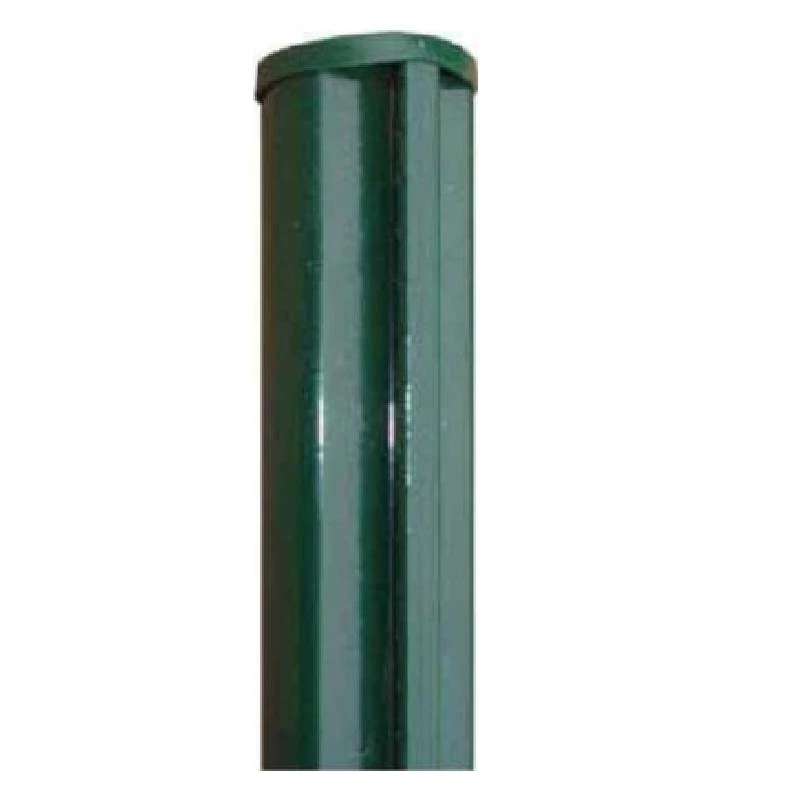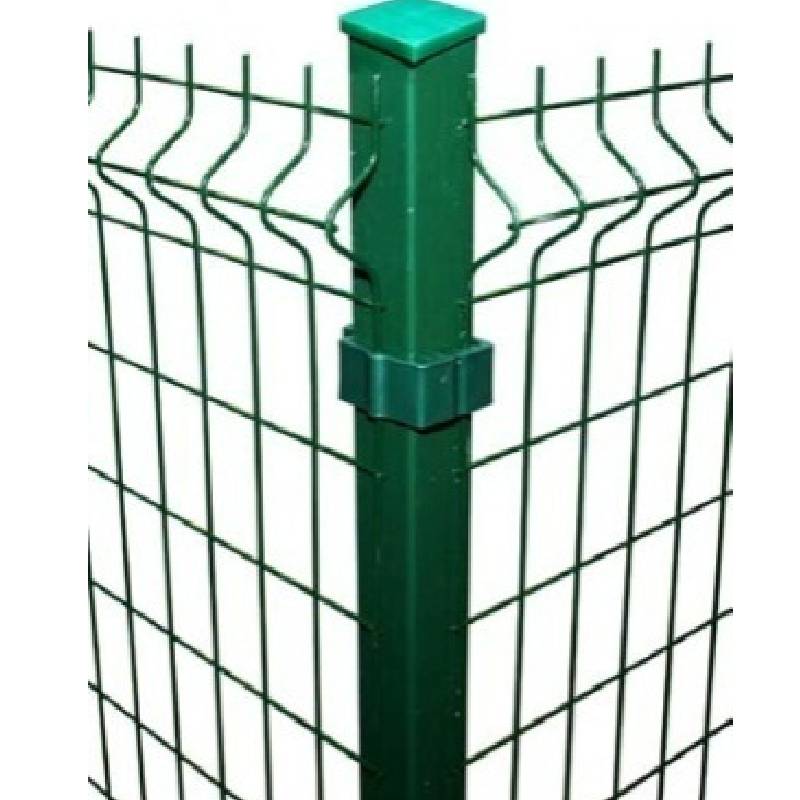-
E-mail:zhao@hyliec.cn
-
Điện thoại:+86 311 85273988
-
WhatsAPP:8613931128750
-
 Người châu Phi
Người châu Phi -
 tiếng Albania
tiếng Albania -
 tiếng Amharic
tiếng Amharic -
 tiếng Ả Rập
tiếng Ả Rập -
 tiếng Armenia
tiếng Armenia -
 Tiếng Azerbaijan
Tiếng Azerbaijan -
 Tiếng Basque
Tiếng Basque -
 Người Belarus
Người Belarus -
 tiếng Bengali
tiếng Bengali -
 tiếng Bosnia
tiếng Bosnia -
 tiếng Bungari
tiếng Bungari -
 tiếng Catalan
tiếng Catalan -
 Cebuano
Cebuano -
 Corsican
Corsican -
 tiếng Croatia
tiếng Croatia -
 tiếng Séc
tiếng Séc -
 người Đan Mạch
người Đan Mạch -
 tiếng Hà Lan
tiếng Hà Lan -
 Tiếng Anh
Tiếng Anh -
 Quốc tế ngữ
Quốc tế ngữ -
 tiếng Estonia
tiếng Estonia -
 tiếng Phần Lan
tiếng Phần Lan -
 người Pháp
người Pháp -
 tiếng Frisia
tiếng Frisia -
 tiếng Galicia
tiếng Galicia -
 tiếng Gruzia
tiếng Gruzia -
 tiếng Đức
tiếng Đức -
 người Hy Lạp
người Hy Lạp -
 Gujarati
Gujarati -
 Tiếng Creole Haiti
Tiếng Creole Haiti -
 hausa
hausa -
 người Hawaii
người Hawaii -
 tiếng Do Thái
tiếng Do Thái -
 Không
Không -
 Miêu
Miêu -
 người Hungary
người Hungary -
 tiếng Iceland
tiếng Iceland -
 igbo
igbo -
 tiếng Indonesia
tiếng Indonesia -
 người Ailen
người Ailen -
 người Ý
người Ý -
 tiếng Nhật
tiếng Nhật -
 tiếng Java
tiếng Java -
 tiếng Kannada
tiếng Kannada -
 tiếng Kazakhstan
tiếng Kazakhstan -
 tiếng Khmer
tiếng Khmer -
 người Rwanda
người Rwanda -
 Hàn Quốc
Hàn Quốc -
 người Kurd
người Kurd -
 Tiếng Kyrgyzstan
Tiếng Kyrgyzstan -
 Lao
Lao -
 Latin
Latin -
 tiếng Latvia
tiếng Latvia -
 tiếng Litva
tiếng Litva -
 Tiếng Luxembourg
Tiếng Luxembourg -
 Tiếng Macedonia
Tiếng Macedonia -
 Malgashi
Malgashi -
 Mã Lai
Mã Lai -
 Mã Lai
Mã Lai -
 cây nho
cây nho -
 người Maori
người Maori -
 Tiếng Marathi
Tiếng Marathi -
 tiếng Mông Cổ
tiếng Mông Cổ -
 Myanmar
Myanmar -
 tiếng Nepal
tiếng Nepal -
 người Na Uy
người Na Uy -
 người Na Uy
người Na Uy -
 tiếng Occitan
tiếng Occitan -
 Tiếng Pa-tô
Tiếng Pa-tô -
 tiếng Ba Tư
tiếng Ba Tư -
 Đánh bóng
Đánh bóng -
 tiếng Bồ Đào Nha
tiếng Bồ Đào Nha -
 Tiếng Punjab
Tiếng Punjab -
 người Rumani
người Rumani -
 tiếng Nga
tiếng Nga -
 Tiếng Samoa
Tiếng Samoa -
 Tiếng Gaelic của Scotland
Tiếng Gaelic của Scotland -
 tiếng Serbia
tiếng Serbia -
 Tiếng Anh
Tiếng Anh -
 Shona
Shona -
 tiếng Sindhi
tiếng Sindhi -
 Sinhala
Sinhala -
 Tiếng Slovak
Tiếng Slovak -
 tiếng Slovenia
tiếng Slovenia -
 tiếng Somali
tiếng Somali -
 người Tây Ban Nha
người Tây Ban Nha -
 Tiếng Sundan
Tiếng Sundan -
 tiếng Swahili
tiếng Swahili -
 tiếng Thụy Điển
tiếng Thụy Điển -
 tiếng Tagalog
tiếng Tagalog -
 Tiếng Tajik
Tiếng Tajik -
 Tiếng Tamil
Tiếng Tamil -
 Tatar
Tatar -
 tiếng Telugu
tiếng Telugu -
 tiếng Thái
tiếng Thái -
 tiếng Thổ Nhĩ Kỳ
tiếng Thổ Nhĩ Kỳ -
 người Thổ Nhĩ Kỳ
người Thổ Nhĩ Kỳ -
 tiếng Ukraina
tiếng Ukraina -
 tiếng Urdu
tiếng Urdu -
 người Duy Ngô Nhĩ
người Duy Ngô Nhĩ -
 tiếng Uzbek
tiếng Uzbek -
 Tiếng Việt
Tiếng Việt -
 người xứ Wales
người xứ Wales -
 Giúp đỡ
Giúp đỡ -
 tiếng Yiddish
tiếng Yiddish -
 Yoruba
Yoruba -
 Tiếng Zulu
Tiếng Zulu
trụ đấu kiếm
What Type Of Fence Post Is Best?
The best type of fence post depends on various factors such as the type of fence, local climate, soil conditions, and personal preferences. Common options for fence posts include:
1. Round steel posts: Round steel posts are a traditional and versatile choice, suitable for various fence types. They can be treated to resist rot and decay, but may require maintenance over time.
2. Square steel posts and rabbet posts offer durability and strength, making them suitable for supporting heavy or high-security fences. They are resistant to rot and insect damage.
3. Steel round posts/ square posts/ rabbet with base plate: They are suitable to install on the concrete ground, and fixed by concrete nails.
What Size Is A Fence Post?
Fence posts come in various sizes, typically having Φ32 Φ34 Φ38 Φ48 Φ60 Φ80 for round steel posts and 40x40 60x60 40x60 60x60 80x80 100x100 etc for square tube posts in dimension. The specific size of a fence post depends on the type of fence being installed, the height and weight of the fence panels, and the local building codes or regulations. It's important to select the appropriate size of fence post to ensure stability and structural integrity for the specific fencing project. Consulting with a professional or referring to local building codes can provide guidance on the recommended size of fence posts for a particular application.
Fence Post FAQ:
What type of fence post is best?
The best type of fence post depends on various factors such as the type of fence, local climate, soil conditions, and personal preferences. Common options for fence posts include round steel posts, square steel posts and rabbet steel posts, posts with base plate or without base plate. Each type has its own advantages and considerations, so it's important to choose the most suitable option based on the specific requirements of the fence project.
What size is a fence post?
Fence posts come in various sizes, typically typically having Φ32 Φ34 Φ38 Φ48 Φ60 Φ80 for round steel posts and 40x40 60x60 40x60 60x60 80x80 100x100 etc for square tube posts in dimension. The specific size of a fence post depends on the type of fence being installed, the height and weight of the fence panels, and local building codes or regulations. It's important to select the appropriate size of fence post to ensure stability and structural integrity for the specific fencing project.
How to install a panel fence?
Paneling a fence involves several steps, including measuring and planning, installing the posts, attaching the panels, adding finishing touches, and performing regular maintenance. It's important to follow the manufacturer's instructions and local building codes when paneling a fence to ensure proper installation and compliance with regulations. If in doubt, it's advisable to consult with a professional or seek guidance from experienced individuals.






